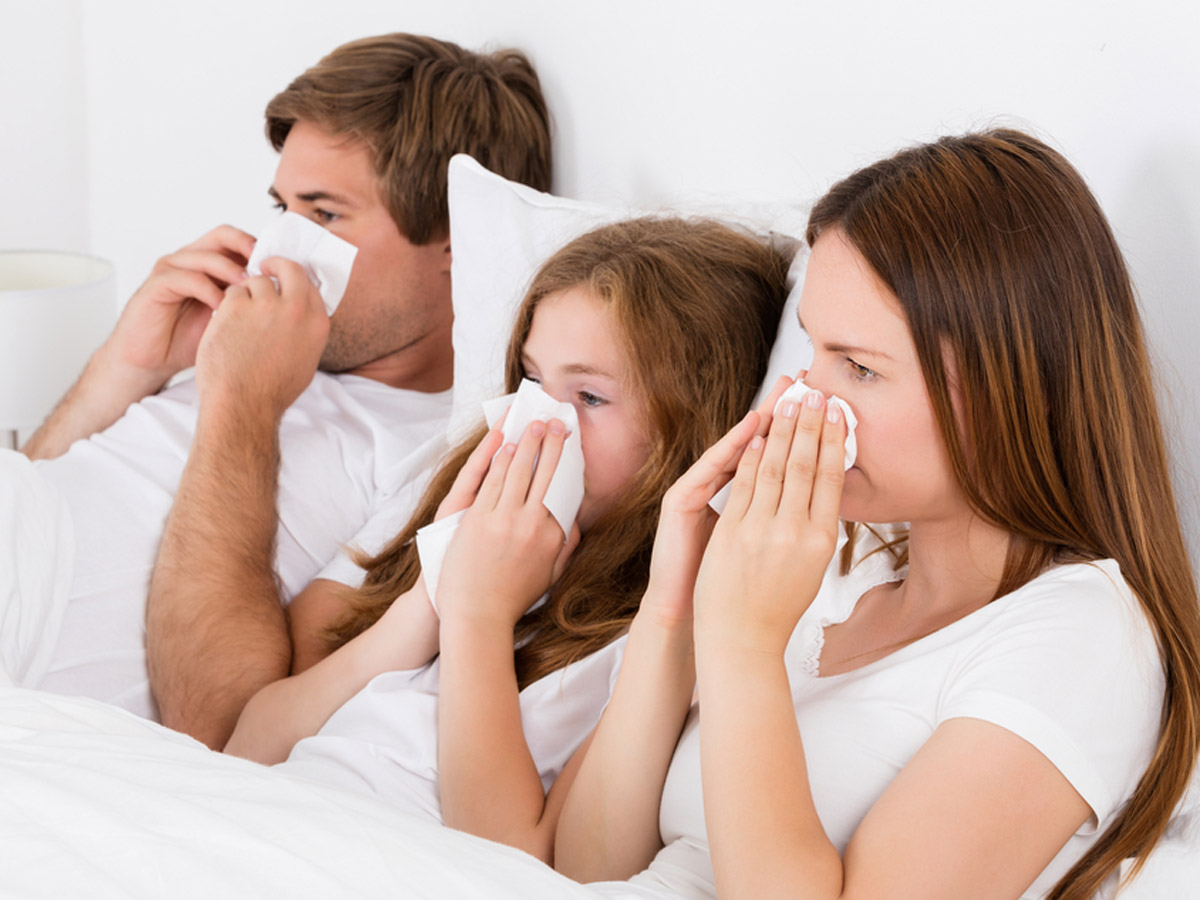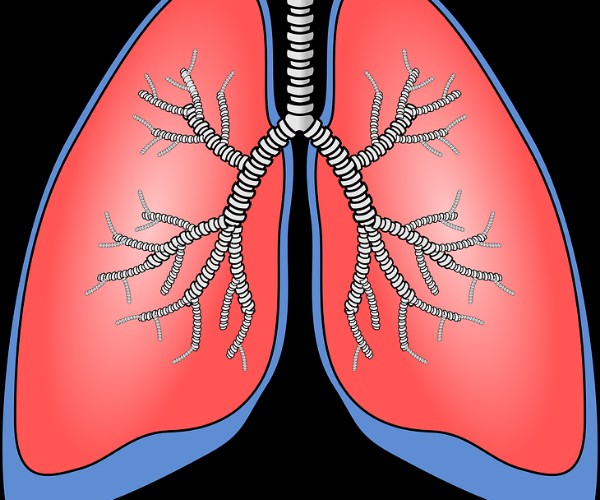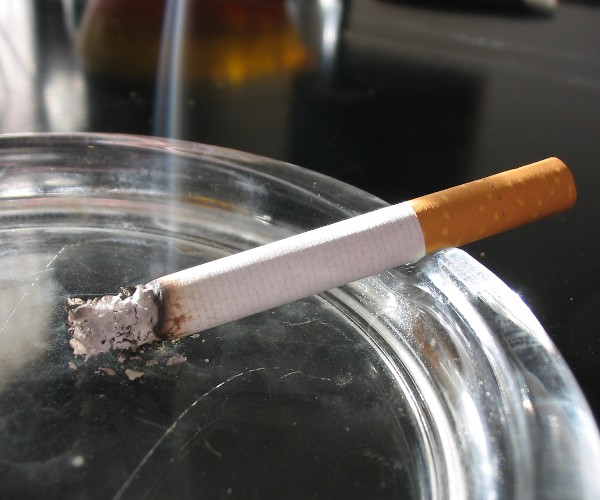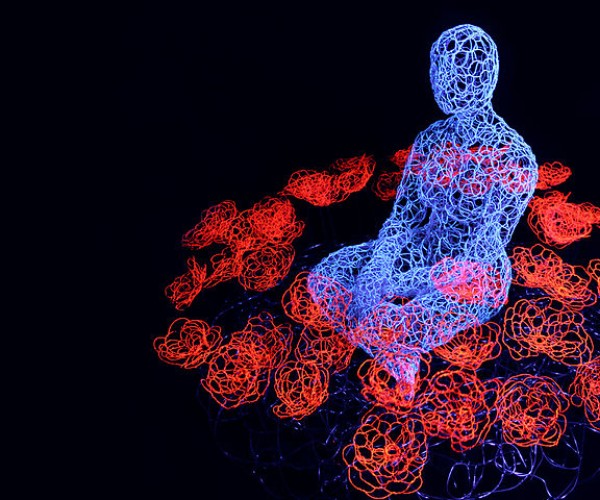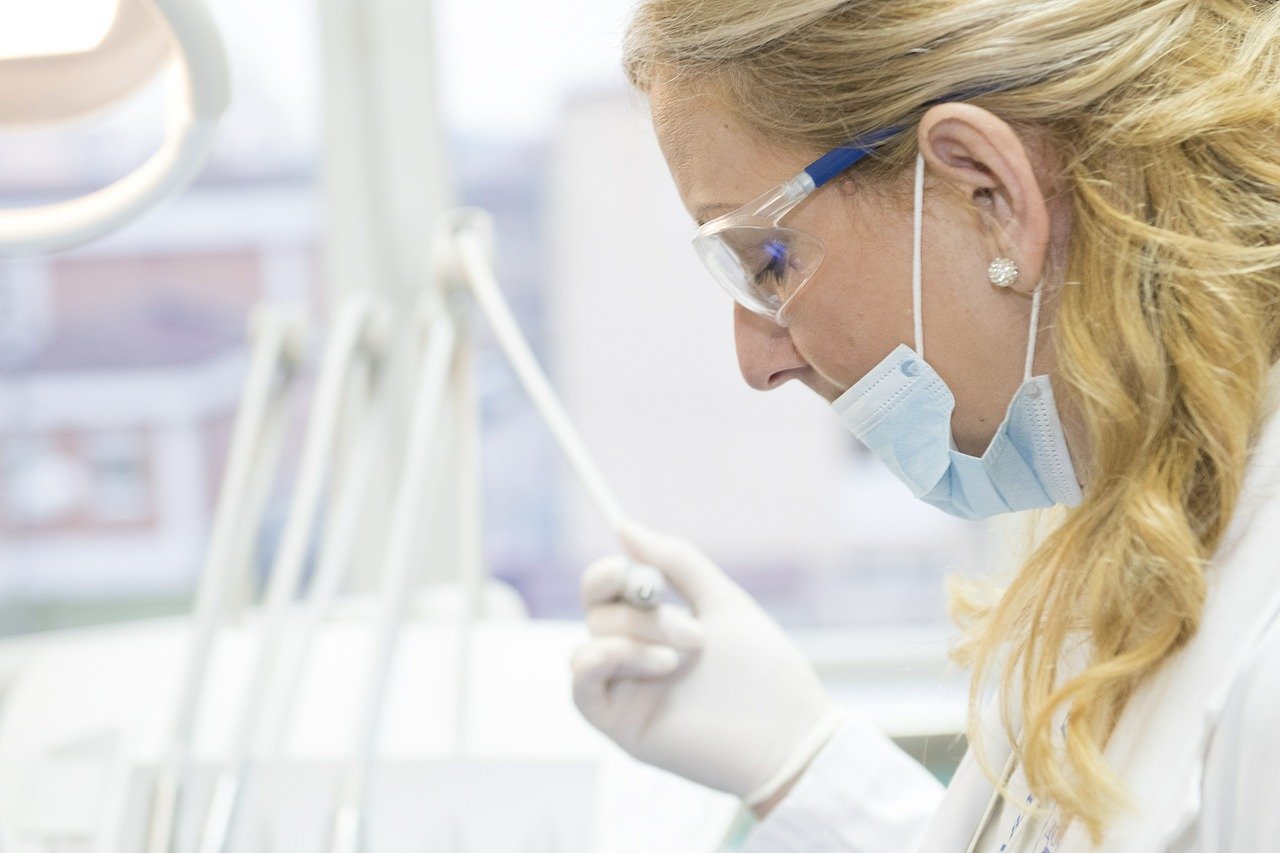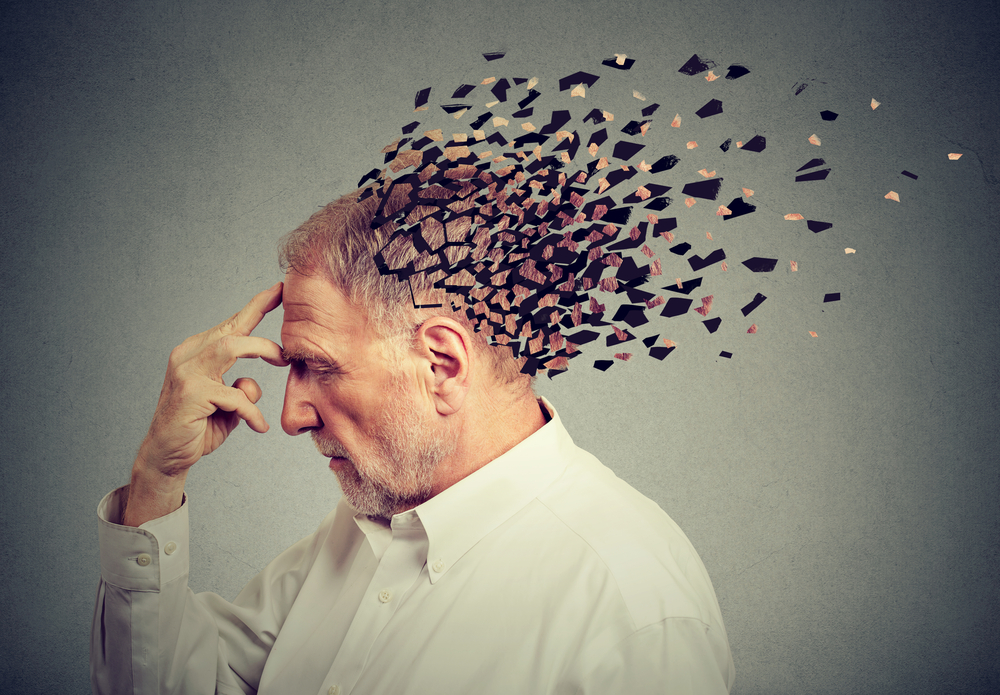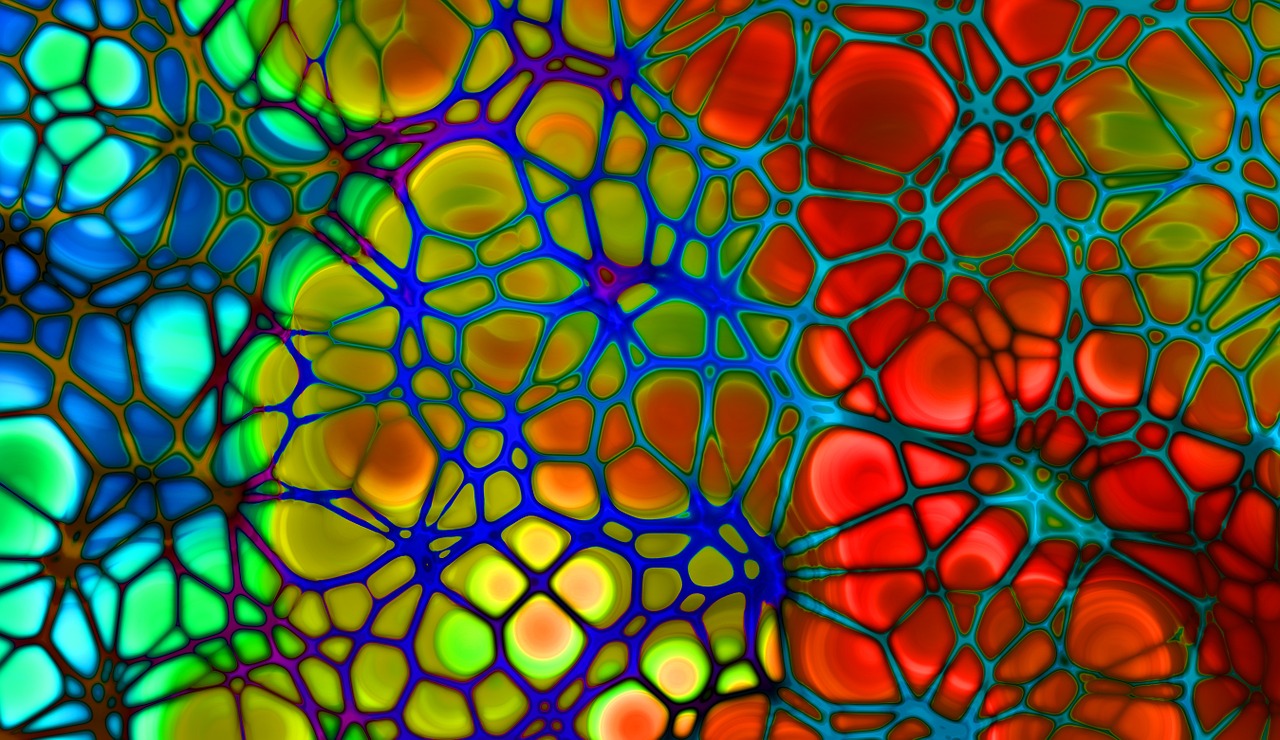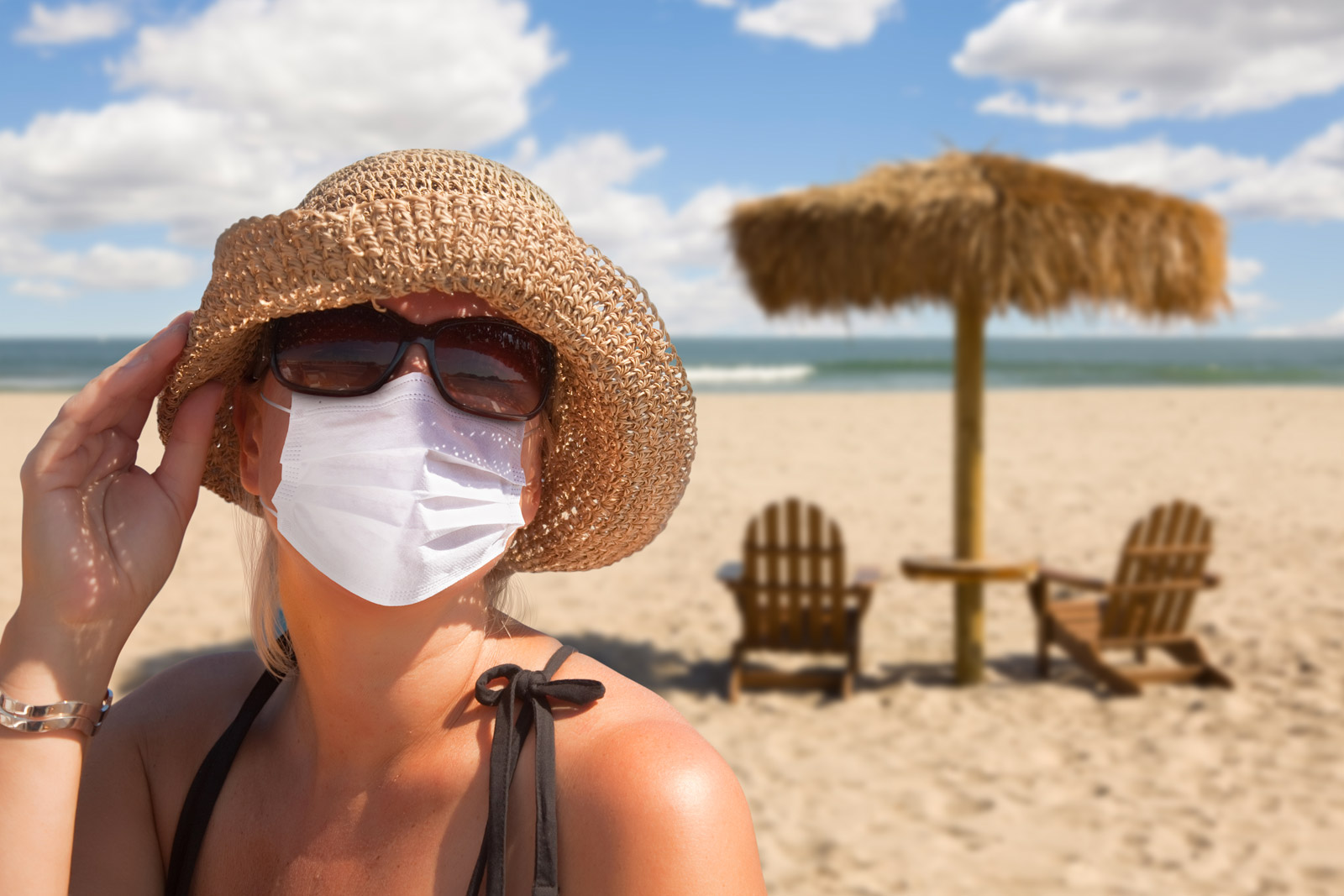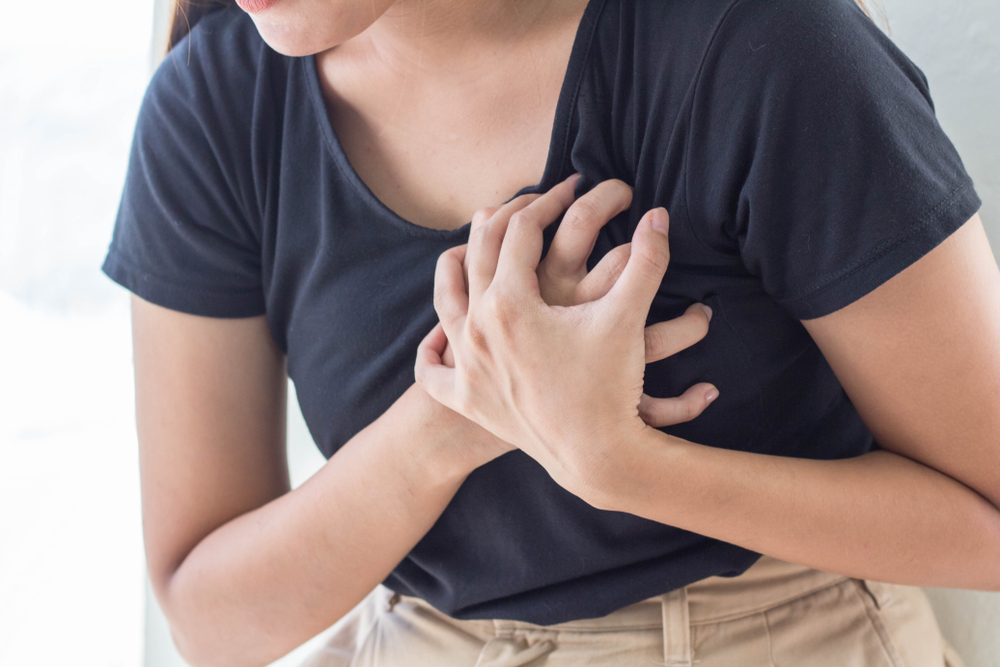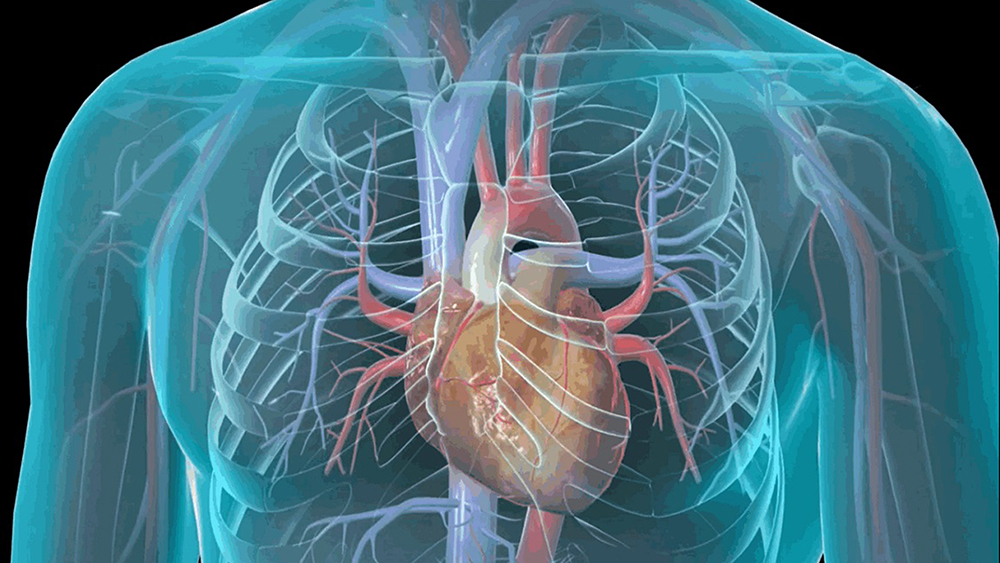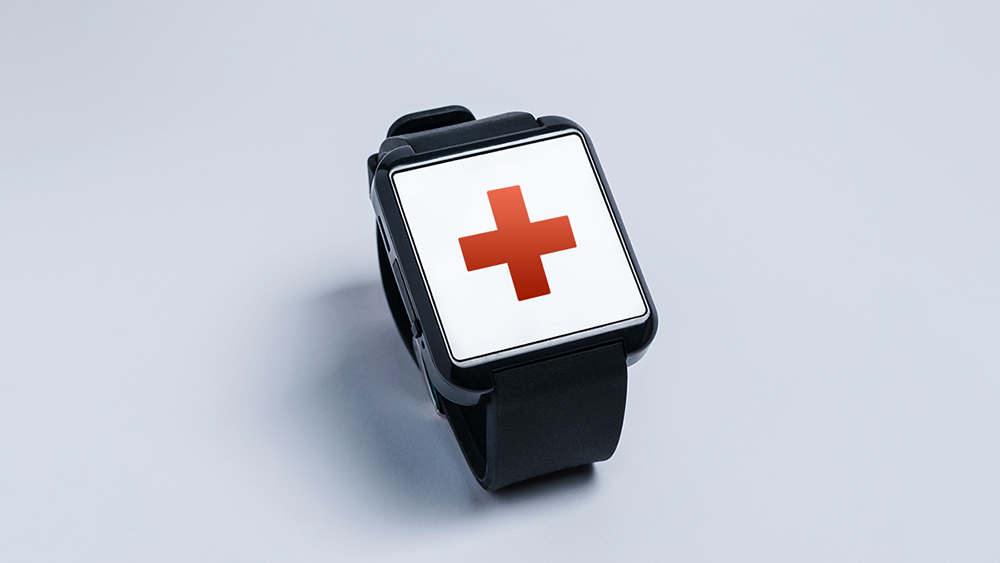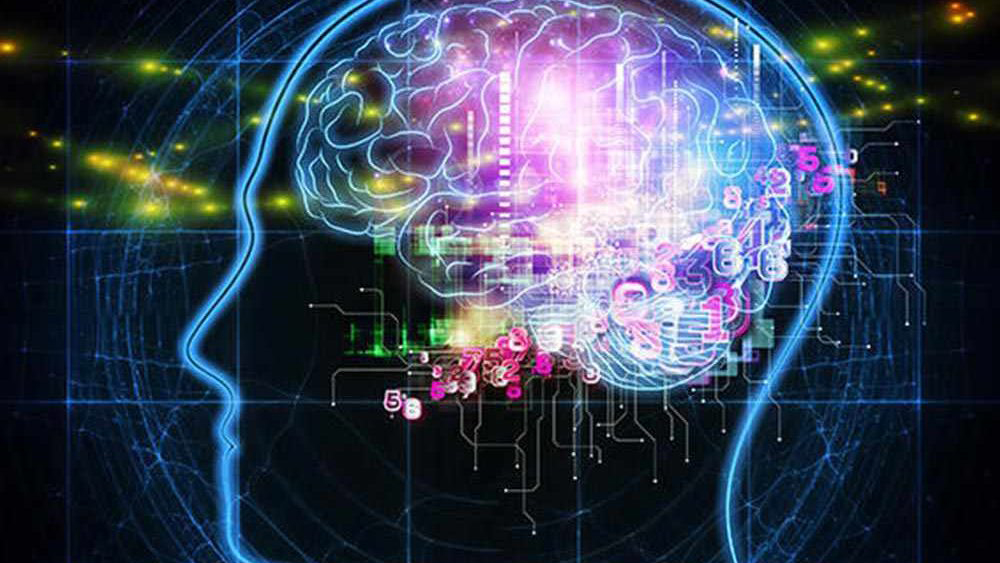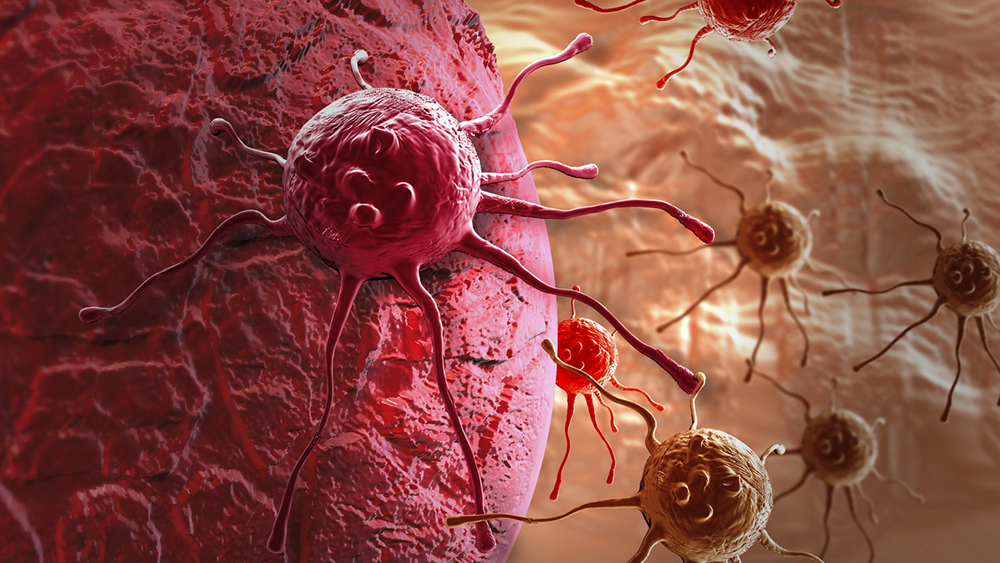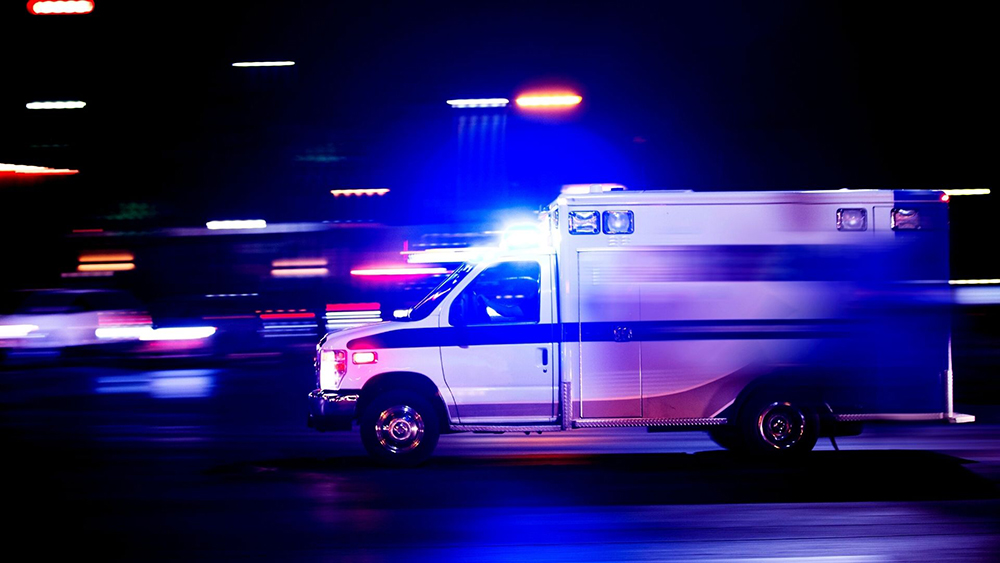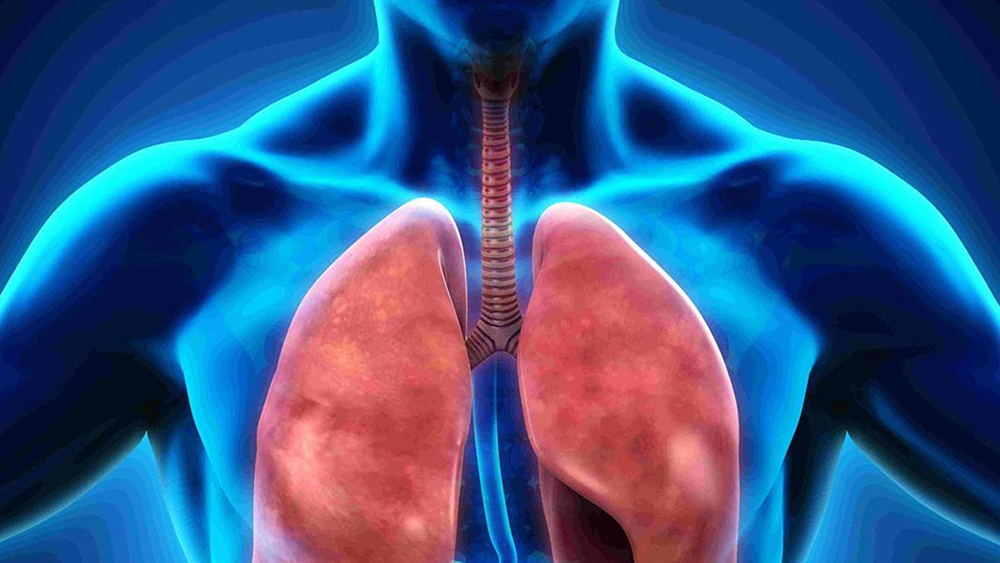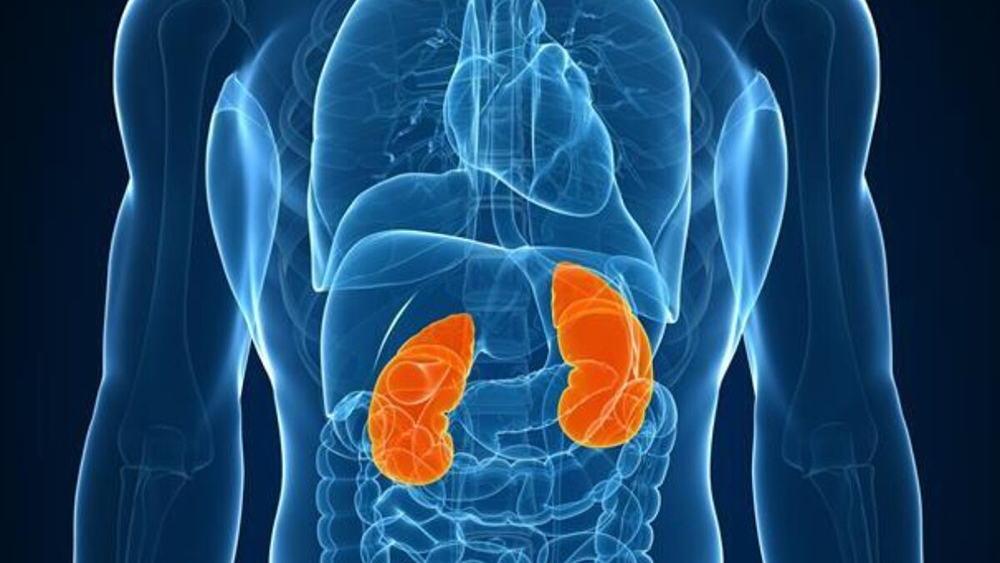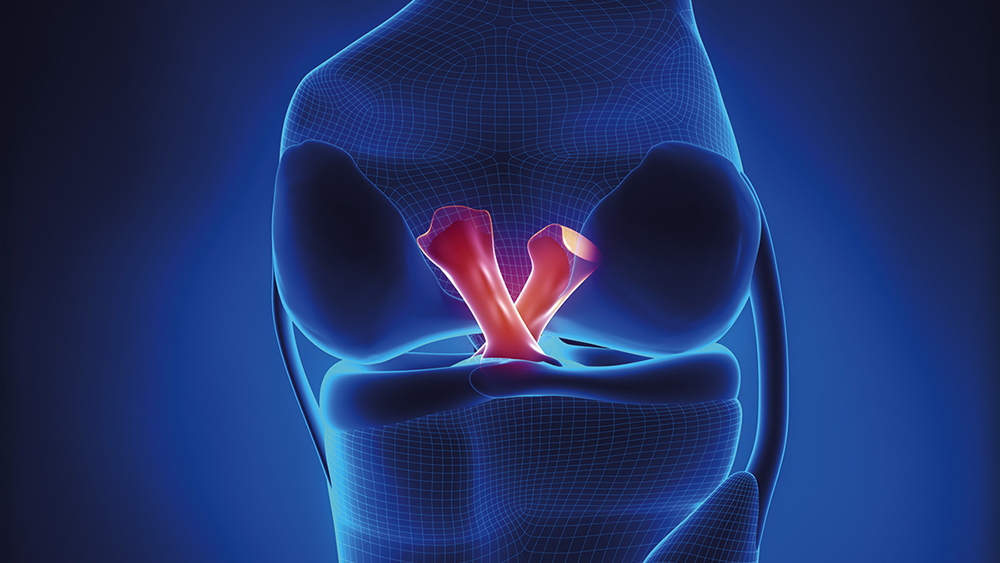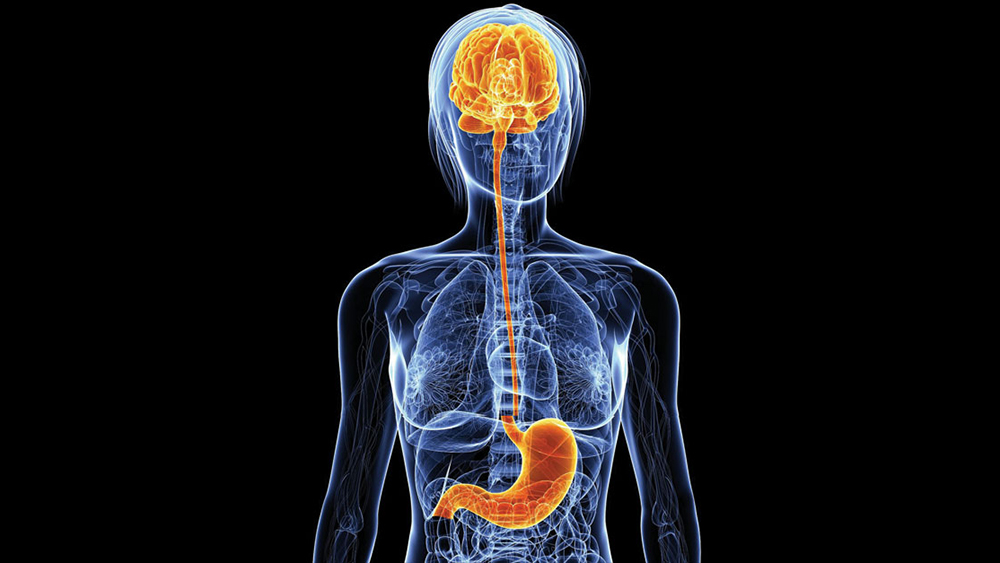Summary
Lung cancer is due to abnormal growth of lung tissue cells. It can affect one or both lungs. In some countries, lung cancer is the leading cause of cancer death in men and women.
How cancer forms
Cancer forms because of a mutation in a cell’s DNA, according to a genetic model that explains how each cell grows and functions .A DNA mutation can occur naturally or can be caused by environmental factors. The mutation causes the cell to divide abnormally and uncontrollably, resulting in more damaged cells , from which a mass of cells anormaldefined as a “tumor” arises.
Causes and risk factors
Cigarette smoking is the leading cause of lung cancer. You have an increased risk of lung cancer if you smoke or are exposed to secondhand smoke. You also have an increased risk if you have been exposed to toxins such as radon gas or asbestos fibers , or even if you have a family history of lung cancer.
Symptoms
During the early stages of lung cancer you may not notice any symptoms , but as the cancer progresses, you may have a chronic cough and shortness of breath, or even wheeze and have a hoarse voice. Pain in the chest or other parts of the body may also appear. Unexpected weight loss may occur and you may have coughing fits with blood loss.
Treatment
Treatment options may include surgery to remove the cancerous tissue, courses of chemotherapy, radiation therapy, or targeted drug therapy. Treatment depends on the type and stage of cancer and other factors. Your doctor can create a care plan tailored to your condition and needs.
Overview
This is an abnormal growth of lung tissue cells. Itcan affect one or both of your lungs. In the UnitedStates, lung cancer is the leading cause of cancerdeath in men and women.
How Cancer Forms
Cancer forms because of a mutation in a cell’sDNA. This is the genetic blueprint that providesinstructions for how every cell grows and functions.A DNA mutation can occur naturally, or it can becaused by environmental factors. The mutationcauses the cell to divide abnormally anduncontrollably. This creates more damaged cells. Amass of these abnormal cells is called a “tumor.”
Causes and Risk Factors
Cigarette smoking is the leading cause of lungcancer. You have a higher risk for lung cancer ifyou smoke or if you are exposed to secondhandsmoke. You also have a higher risk if you havebeen exposed to toxins such as radon gas orasbestos fibers. And, you have a higher risk if youhave a family history of lung cancer.
Symptoms
During the early stages of lung cancer, you may notnotice any symptoms. As the cancer progresses,you may experience chronic coughing andshortness of breath. You may wheeze, and yourvoice may be hoarse. You may have chest pain,and you may experience pain in other parts of yourbody. You may lose weight unexpectedly, and youmay cough up blood.
Treatment
Treatment options may include surgery to removethe cancerous tissue. You may benefit fromchemotherapy, radiation therapy or targeted drugtherapy. Your treatment depends on the type andstage of your cancer and on other factors. Yourhealthcare provider can create a care plan that isright for your needs.







